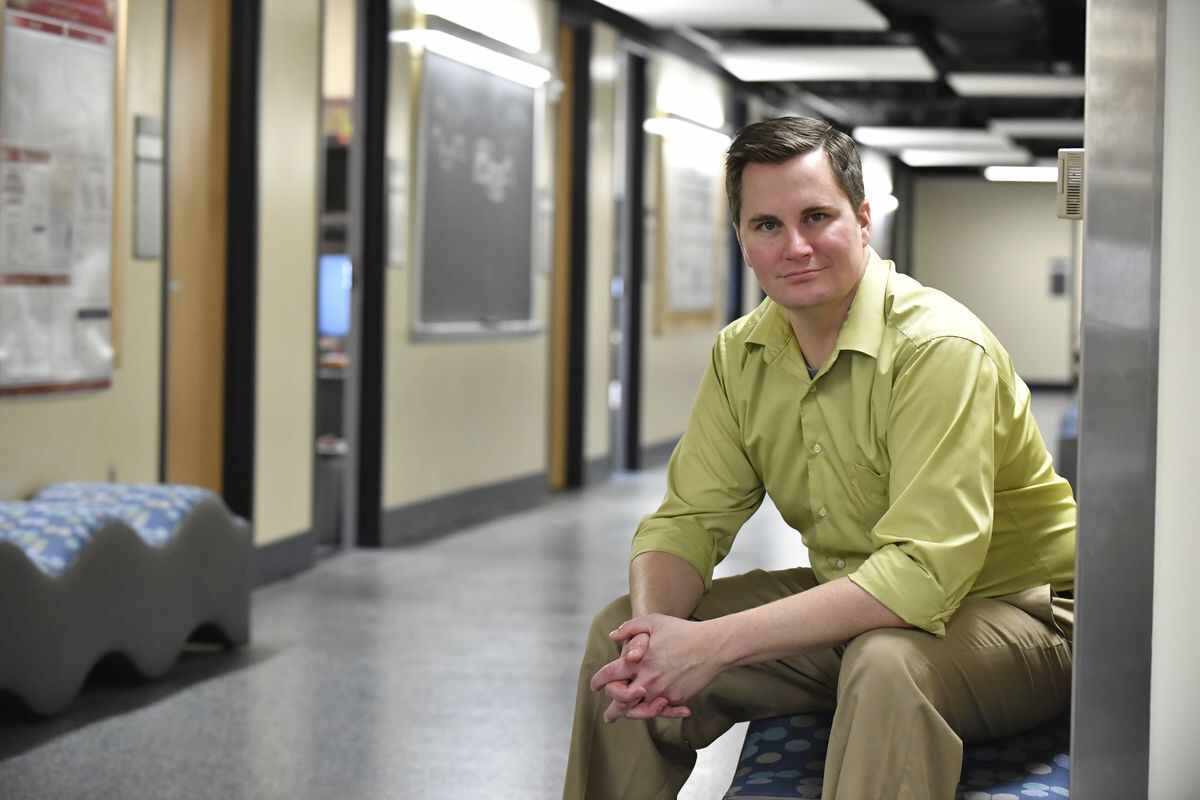THE LATEST
Exploring space: WVU scientist studies gravitational waves

An Intriguing Journey into the Heart of the Universe
West Virginia University's astrophysicist, Sean McWilliams, is leading the way in pioneering advancements in gravitational wave detection. With NASA's generous backing of $750,000 through the Established Program to Stimulate Competitive Research, McWilliams is set to develop cutting-edge models to enhance observations from the upcoming space probe, LISA (Laser Interferometer Space Antenna).
Gravitational waves, first theorized by Albert Einstein in 1916, are cosmic ripples resulting from massive cosmic events such as the merging of black holes, colliding neutron stars, and remnants of the Big Bang. McWilliams and his team will focus on studying the movement of binary systems and colossal binaries within merging galaxies. The insights gained from LISA's observations have the potential to revolutionize our understanding of the universe, shedding light on phenomena that have remained mysterious.
McWilliams' expertise is expected to refine the accuracy of gravitational wave modeling, surpassing previous detections such as those achieved by the Laser Interferometer Gravitational-Wave Observatory (LIGO) in 2015. With LISA's launch scheduled for 2035, McWilliams is determined to enhance modeling accuracy, paving the way for a clearer view of the cosmos.
McWilliams has developed a groundbreaking method called the "backward one-body method," which simplifies the process of interpreting signals from merging black holes, providing a more efficient way for scientists to understand gravitational waves.
McWilliams' team, including Zach Etienne, an adjunct associate professor, is at the forefront of this celestial expedition, using their expertise and determination to explore the unknown frontiers of space-time. Encouraged by the support they have received, McWilliams humbly acknowledges the responsibility to ensure the success of LISA's mission. The team continues their journey armed with advanced computational models, supercomputer simulations, and an insatiable curiosity to unravel the universe's deepest secrets.
